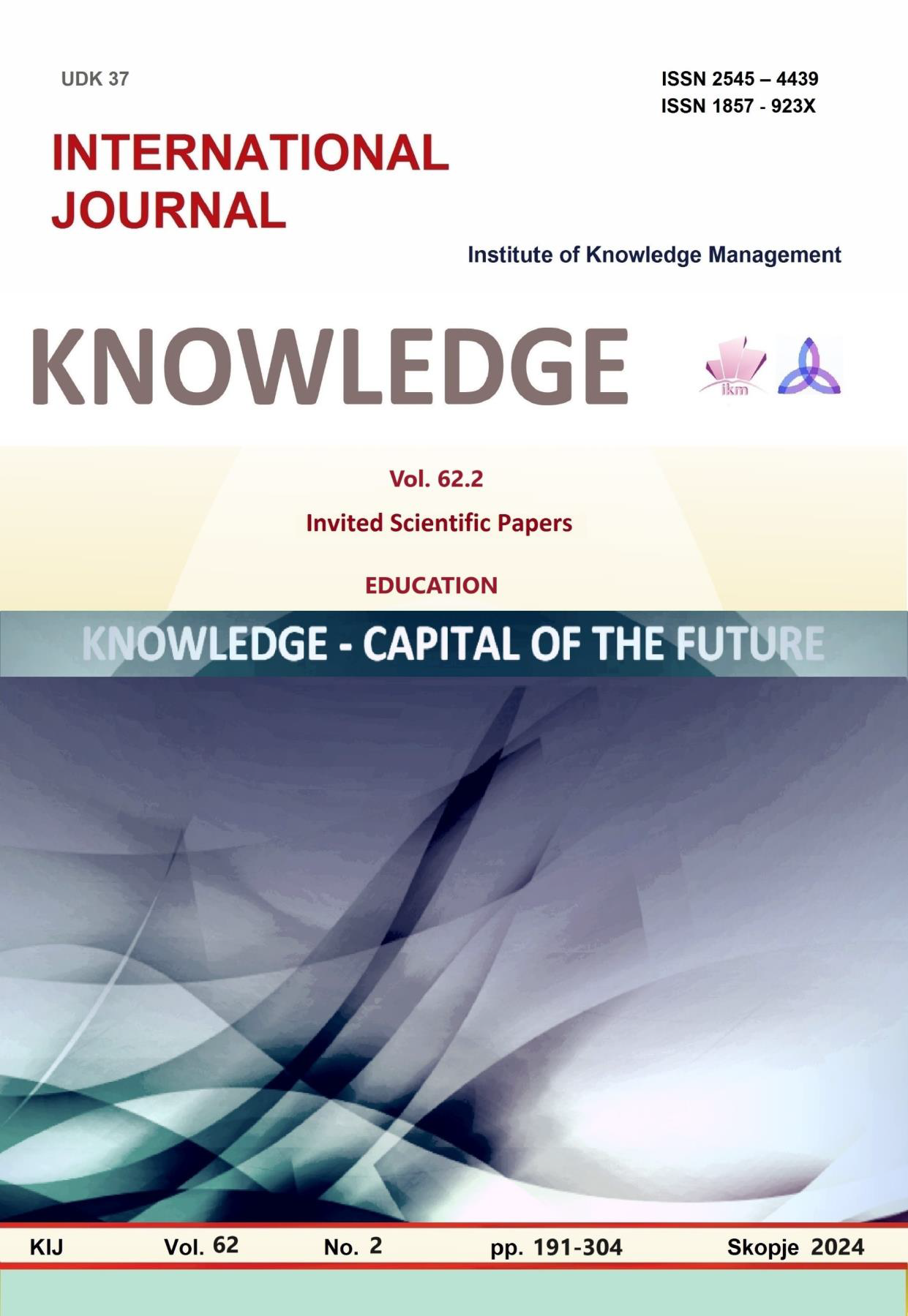ИЗСЛЕДВАНЕ НА ЕМПАТИЯТА ПРИ ДЕЦА ОТ НАЧАЛНА УЧИЛИЩНА ВЪЗРАСТ ЧРЕЗ ПРОЕКТИВЕН ТЕСТ
STUDY OF PRIMARY-AGED STUDENTS' EMPATHY THROUGH PROJECTIVE TEST
Author(s): Nadezhda Kaloyanova, Avi AbnerSubject(s): Education, Psychology
Published by: Scientific Institute of Management and Knowledge
Keywords: Empathy;empathic response;projective test
Summary/Abstract: Empathy is considered a leading personal construct building emotional and social competence. It is a specific personal ability that is expressed in manifestations of understanding the feelings, emotions and experiences of others, but without entering their personal space and without making attempts to change their social or emotional background. A number of studies show that the purposeful development of empathy in childhood affects the entire future life and ensures individual prosperity. In order to better understand the manifestation and development of empathy in the personal context of the individual, the concept of empathic response was introduced in psychology.The empathic response is a specific behavioural reaction that indicates the extent and manner in which a person identifies with a given situation and empathises with the sentiments of another. The ability to formulate an empathic response in a specific situation is one of the earliest skills a child must acquire to assure the development of empathy. The article presents a study on the ability of 9-to 10-year-old children to formulate empathic responses.A projective test developed according to J. Strayer's model was used for this purpose. Janet Strayer's model amalgamates the ability to comprehend foreign emotions and the experiences borne out of interaction with these emotions; the affective understanding of empathy, manifested as a closeness between the emotions felt by the self and the other, is revealed in unison with the involvement of cognitive processes. This outlines two planes of assessment: one of the proximities between the emotions experienced by the self and the other, and another of cognitive involvement, which shapes the content of the empathic response. 353 respondents were studied. The results are derived from statistical analysis and presented with qualitative and qualitative values.
Journal: Knowledge - International Journal
- Issue Year: 62/2024
- Issue No: 2
- Page Range: 251-257
- Page Count: 7
- Language: English, Bulgarian

